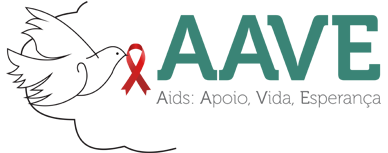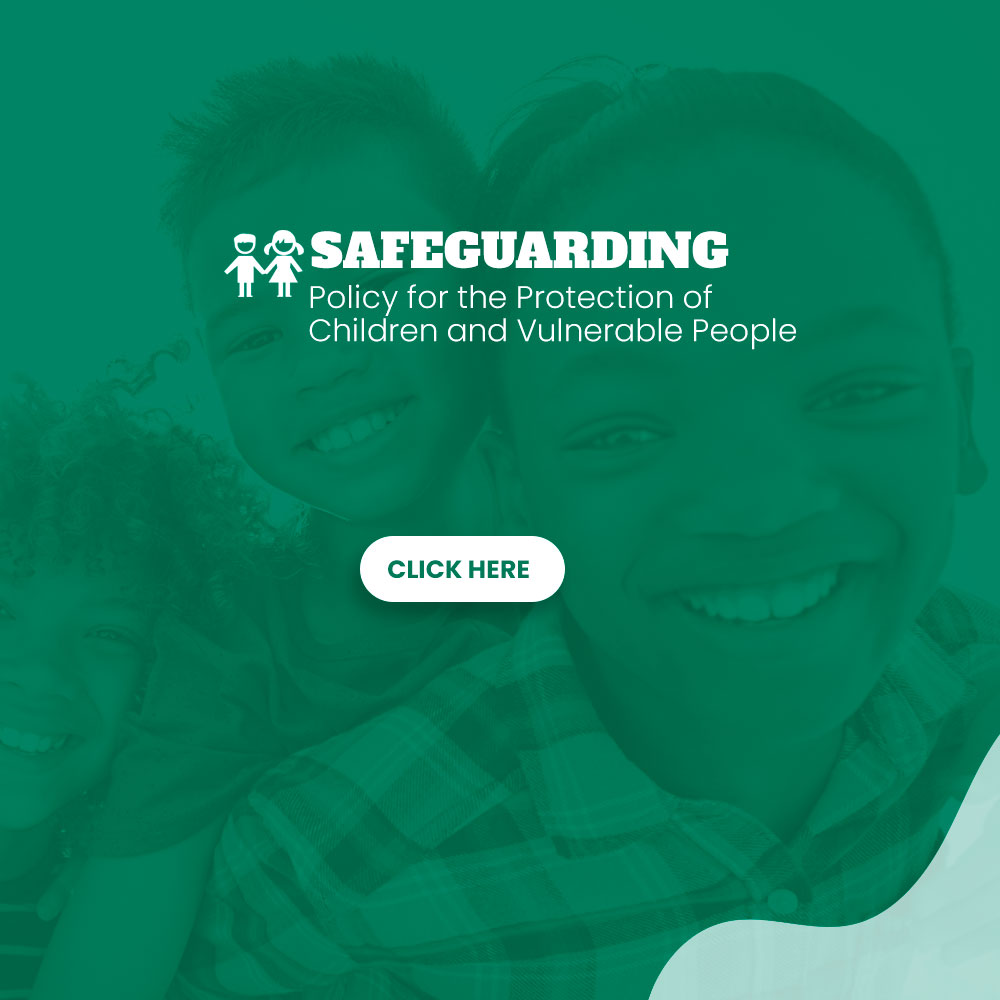PART 3: PREVENTING HARM TO CHILDREN
Chapter VII: Procedure followed in the Recruitment and Selection of Employees and Volunteers.
Art. 40 In the process of selecting new staff members and volunteers at the AAVE Group:
a) The Contract Committee of the institution interviews the applicant in an effort to investigate the veracity of the information contained in the curriculum presented.
b) A review and evaluation are carried out on work history, criminal, civil and other experiences of professional conduct.
c) Suitability of the applicant in relation to contact with children/vulnerable adults is examined and evaluated.
d) Contact is made with personal and professional references contained in the curriculum.
e) The candidate must provide certificates from the Court of the State of Goiás, the Regional Labor Court and the Guardianship Council to prove a clear past record. The applicant signs a declaration form declaring any previous court convictions. (See form in appendix 03)
Art. 41 Code of Conduct and Safe Activities for Children In general, it is inappropriate to:
a) Spend excessive time alone with children away from others
b) Take children to your own home, especially where they will be alone with you.
Art. 42 AAVE Employees and Volunteers must never:
a) hit or otherwise physically assault or physically abuse children/vulnerable adults.
b) develop a sexual relationship with children/vulnerable adults.
c) develop relationships with children/vulnerable adults which could in any way be deemed exploitative or abusive.
d) act in ways that may be abusive or may place a child/vulnerable adult at risk of abuse.
Art. 43 AAVE Employees and Volunteers must avoid actions or behaviors that could be construed as poor practice or potentially abusive. For example, they should never:
a) use language, make suggestions or offer advice which is inappropriate, offensive or abusive.
b) behave physically in a manner which is inappropriate or sexually provocative.
c) do things for children/vulnerable adults of a personal nature that they can do for themselves.
d) condone or participate in behavior of children/vulnerable adults which is illegal, unsafe or abusive.
e) act in ways intended to shame, humiliate, belittle or degrade a child/vulnerable adult.
f) discriminate against, show different treatment, or favor particular children to the exclusion of others
g) let allegations made by a child/vulnerable adult go unrecorded.
h) have insufficient supervision, as good supervision is essential at all times when interacting with children/vulnerable adults.
i) allow or engage in any inappropriate touching.
Art. 44 AAVE Employees and Volunteers must observe the following safe practices when in contact with children/vulnerable adults:
a) Ensure that any communication with young people/vulnerable adults via phone, text, e-mail, computer is only done with parental/guardian knowledge and consent
b) Ensure that children, adolescents/vulnerable adults are not photographed without parental/guardian consent.
c) Obtain parental/guardian consent in order to publicize images of children, adolescents /vulnerable adults (Appendix 04).
d) Inform children, adolescents/vulnerable adults and parents/guardian regarding how images will be used.
e) Refrain from making or receiving private calls/texts.
f) Get the child’s/vulnerable adult’s permission to touch – i.e. resistance from the child/vulnerable adults should be respected. Avoid breasts, buttocks, groin and neck touching.
g) Be open and not secretive. Be guided by the age and developmental stage of the child/vulnerable.
Sole paragraph. Employees and volunteers who fail to follow guidelines of conduct to keep children/vulnerable adults safe are subject to administrative penalties or rescission of contract.
Art. 45 Risk Assessment and Mitigation AAVE carries out a risk assessment in order to evaluate the possibility of risks to our service users, to children in relation to safeguarding and to all in relation to their safety and well-being. Appropriate action is put in place, as necessary, in order to mitigate these risks as far as possible.


